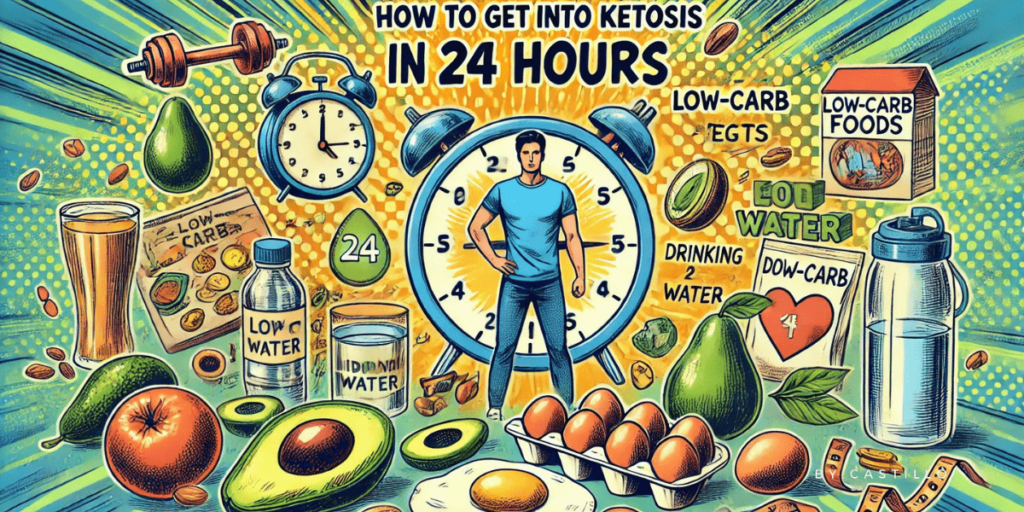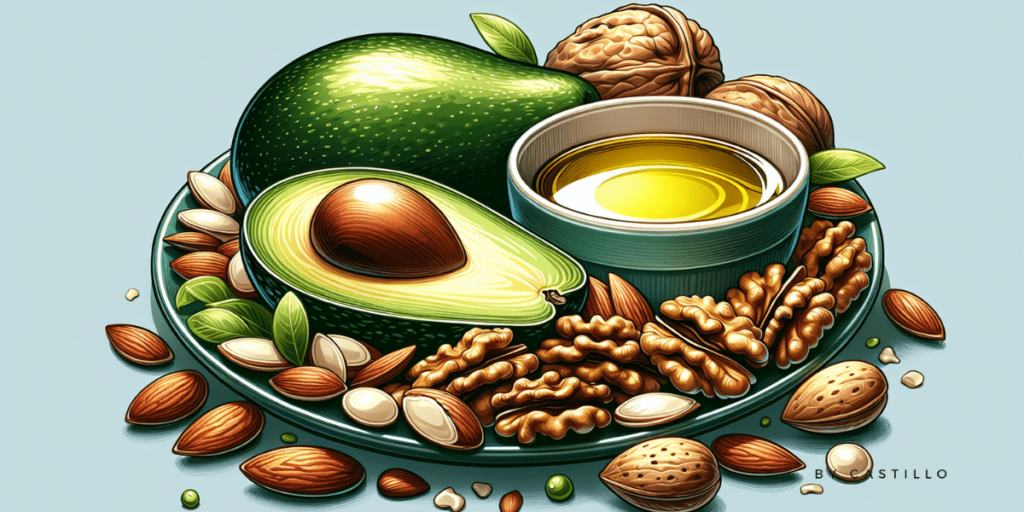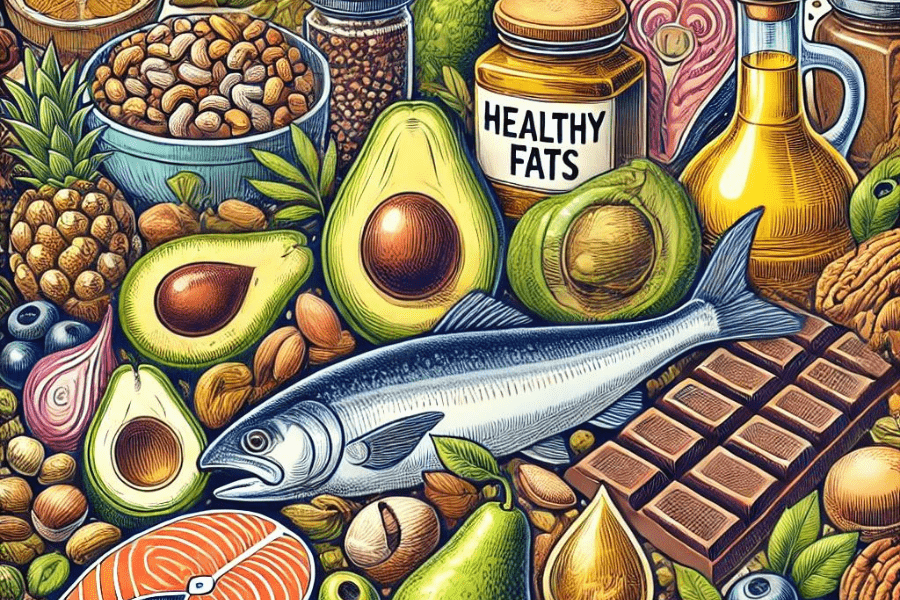How to Get Into Ketosis in 24 Hours with Proven Methods And Achieve Rapid Fat Loss

How to get into ketosis in 24 hours? Can you enter ketosis in just one day? Let’s cut to the chase with effective methods for initiating ketosis quickly. By optimizing diet, exercise, and fasting protocols, it’s possible to shift your metabolism into this fat-burning state swiftly. Stick around to find practical steps for reaching ketosis in 24 hours, without the fluff or any health comprises.
Key Takeaways
- You can get into ketosis in 24 hours with a combination of fasting, high-intensity exercise, and a strict low-carb, high-fat diet to rapidly deplete glucose and prompt ketone production.
- Fasting is a crucial step when trying to get into ketosis in 24 hours since it will help decrease glycogen depletion rapidly.
- After the initial 24 hours, sustaining ketosis requires continuous monitoring of ketone levels, macronutrient intake, and the strategic inclusion of ketogenic-friendly workouts, foods, and potential supplements like MCT oil.
Unlocking Ketosis in a Day: Is it Possible?
Ketosis is a metabolic state where the body shifts from burning glucose (sugar) to burning fat for fuel. People typically enter ketosis by following a ketogenic diet, which involves reducing carbohydrate intake and increasing fat consumption.
While it usually takes several days to a week for the body to get into ketosis, there are methods to accelerate this process and achieve ketosis faster, sometimes within just 24 hours.
Is it possible to reach ketosis within just one day? Absolutely. It’s not encouraged but is possible. There is no reason to get into ketosis this quickly when gradual transitioning works best in order to stay consistent.
By implementing strategies such as fasting and high-intensity exercise, you can deplete your body’s glucose reserves rapidly and switch to burning fat for energy. This rapid depletion of glucose (sugar) forces the body to start producing ketones, the molecules that fuel your brain and body during ketosis.
The path to achieving ketosis in 24 hours combines fasting, rigorous exercise, and a stringent low-carb, high-fat diet. Each of these elements plays a crucial role in depleting glycogen stores (stored sugar) and kickstarting ketone production. We’ll explore the scientific basis of this metabolic transformation and how it can be utilized to attain ketosis swiftly.
How to Get Into Ketosis in 24 Hours

The process to achieve ketosis in 24 hours is simple but mentally challenging (you will be miserable!) which is why most people fall short of achieving ketosis within 24 hours.
Here is a quick rundown of proven strategies you can use to achieve ketosis in 24 hours:
- Fasting
- High intensity interval training (HIIT)
- Restricting carbohydrate intake
- Increase healthy fat intake
- Supplement with exogenous ketones
The simplest and fastest way to get into ketosis is fasting.
Fasting is the process by which the human body burns glucose which forces the body to produce sulphur and ketone bodies.
Ketone bodies are substances that the body produces if it doesn’t contain sufficient insulin and must break up fat instead of glucose as an energy source. Similarly, exercise can be helpful in burning glucose.
High-intensity cardio or resistance exercises can be done in this situation at high intensity.
The Science Behind Ketosis
Your body will shift into ketosis once your glycogen reserves are completely depleted. It’s like emptying out all the sugar in your blood and cells to kick-start your body to produce ketones.
Glycogen, stored in your liver and muscles is another form of glucose (sugar). So just think of glycogen as stored sugar!
When these stores are depleted, your metabolism is forced to switch from using glucose to using fat for energy. This process is the cornerstone of entering ketosis quickly.
Nonetheless, various factors impact the rate at which this state can be achieved. Your age, body weight, exercise habits, and basal metabolic rate all play significant roles.
For instance, younger individuals typically have faster metabolisms, which can accelerate the onset of ketosis. Similarly, those with lower body weight or higher muscle mass may experience quicker glycogen depletion.
Efficiently reaching nutritional ketosis through ketogenic diets, such as the keto diet, also necessitates a diet rich in healthy fats, balanced in protein, and extremely low in carbohydrates.
Fasting to Kickstarting Ketosis

Fasting is one of the most effective ways to kickstart ketosis.
It forces your body to burn through its stored glucose and begin producing ketone bodies. By abstaining from food for a certain period, you can deplete your glycogen stores faster than with diet alone. Here’s how to do a 24-hour fast before starting a ketogenic diet:
Choose a day when you have minimal commitments and can focus on fasting.
Stop eating after dinner the night before your fast.
Drink plenty of water throughout the fast to stay hydrated.
Break your fast with a keto-friendly meal to continue the transition into ketosis.
One popular method is intermittent fasting, where you limit your eating to specific windows of time, such as 16:8 (16 hours of fasting and 8 hours of eating) or 20:4 (20 hours of fasting and 4 hours of eating). This method is an easier approach to fasting but may not get you into ketosis in 24 hours.
Most people find intermittent fasting easier to tolerate than going into a strict fast. If you never fasted before you may want to consider intermittent fasting first.
Another effective approach is Speed Keto, which combines intermittent fasting with a high-fat, low-carb meal plan, often involving just one meal a day.
Before initiating any fasting regimen, a consultation with a healthcare provider is necessary to confirm it’s safe for your health. Fasting can have powerful effects on your body, and professional guidance can help you avoid potential pitfalls and negative symptoms while ensuring you experience the health benefits.
Intensify Your Workouts to Deplete Stored Glycogen

Combining fasting with high-intensity workouts is a potent strategy to accelerate ketosis. High-intensity interval training (HIIT) and resistance training are particularly effective at depleting glycogen stores.
These workouts push your body to burn glucose rapidly, accelerating the production of ketones and the onset of ketosis.
Studies have shown that intense leg exercises can result in significantly lower muscle glycogen concentrations, highlighting the role of resistance training in glycogen depletion. Incorporating exercises such as HIIT and resistance workouts in your routine can accelerate the transition into a fat-burning state, where your body burns fat more efficiently.
Restrict Carbs, Embrace Healthy Fats

A key component of reaching ketosis quickly is drastically reducing your carbohydrate intake while increasing your consumption of healthy fats.
Foods rich in carbohydrates, such as:
- bread
- pasta
- grains
- starchy vegetables
- beans
- fruits
- sugary foods and drinks
should be limited or avoided.

To achieve ketosis, you need to increase your healthy fat intake.
Foods rich in fats:
- avocado oil
- nuts
- seeds
- olives
- fatty fish
Low-carb diets should constitute about 70%-80% of your daily calorie intake, with a focus on moderate protein.

This dietary shift forces your body to burn body fat for energy instead of glucose. We’ll dive deeper into choosing the right fats and maintaining a low-carb threshold in the following sections.
Choosing the Right Fats
Integrating healthy fats into your diet is key to attaining and sustaining ketosis.
Some excellent choices for healthy fats include:
- Avocado
- Nuts
- Seeds
- Olive oil
- Coconut oil
Coconut oil, in particular, contains medium-chain triglycerides (MCTs), which are easily converted into ketones by the body.
Adding monounsaturated and omega-3 fats can also enhance your diet and keep you satiated.
Some high-fat toppings to consider incorporating into your meals include:
- Nuts
- Seeds
- Cheese
- Avocado
These toppings can help boost your fat intake without compromising nutritional value. You can find sources online that will give you a broad list of foods you can pick up at the grocery store that are loaded with healthy fats.
The Low Carb Threshold
For a quick entry into ketosis, your daily carbohydrate intake should be restricted to between 20-50 grams of net carbs.
This low-carb threshold ensures that your body depletes its glucose stores and begins producing ketones.
Net carbs, calculated by subtracting indigestible fiber from total carbohydrates, are a key metric for maintaining this daily limit. Including low-glycemic fruits like berries in moderation can help stick to carb limits without delaying ketosis.
Hydration and Electrolytes: Preventing Keto Flu

Maintaining hydration and electrolyte balance is vital when embarking on a ketogenic diet.
Here are some tips to help you stay hydrated:
- Drink plenty of water throughout the day.
- Prefer sugar-free drinks like sparkling water, unsweetened coffee, and green tea.
- Consider adding electrolytes to your water or consuming electrolyte-rich foods.
- Pay attention to your body’s signals of thirst and drink accordingly.
By following these tips, you can prevent dehydration and the associated symptoms of keto flu.
The initial stage of transitioning to ketosis can lead to significant water and electrolyte loss, which may impact weight loss. Taking mineral supplements and increasing your salt intake can help balance electrolytes and reduce symptoms like headaches and fatigue.
Measuring Success: Tracking Ketone Levels
Monitoring ketone levels is a crucial step to confirm that you’re on track towards reaching ketosis. Various methods are available, including blood ketone meters, urine ketosis strips, and breath analyzers.
Blood ketone meters provide accurate measurements and can also track blood glucose levels.
Urine strips offer a non-invasive way to check ketone levels, although they reflect past levels rather than current ones.
Breath analyzers are convenient and non-invasive, allowing for frequent monitoring throughout the day, though their reliability can vary.
Strategic Eating and Supplementation

Supplements can significantly aid in achieving ketosis rapidly.
Exogenous ketones, for example, can help individuals enter ketosis more quickly by providing an immediate source of ketones. This can be particularly useful for those who are close to achieving full ketosis.
MCT oil is another beneficial supplement that supports ketosis by providing easily digestible fats that the body can convert into ketones. Including these supplements in your diet can enhance your ability to maintain ketosis even with slightly higher intakes of protein and carbohydrates.
Below is a list of supplements that will help you get into ketosis:
- Bullet Proof MCT oil
- Keto Gummies
- Keto Factor Fuel Powder
- BHB Salts
Lifestyle Integration: Beyond the First 24 Hours
Beyond the initial 24 hours, sustaining a ketogenic lifestyle involves incorporating light workouts and modifying your diet. Activities like yoga or stretching can be beneficial as your body continues to adapt to burning fat for fuel.
It’s important to continue monitoring your macronutrient intake and adjusting your diet to ensure you stay within the low-carb, high-fat parameters of the ketogenic diet. This ongoing commitment will help you maintain the benefits of ketosis and support long-term health and wellness.
Summary
Achieving ketosis in 24 hours is not only possible but can be done effectively with the right approach. By combining fasting, high-intensity exercise, and a strict ketogenic diet, you can deplete your glycogen stores and switch your body into fat-burning mode rapidly. Staying hydrated and maintaining electrolyte balance is crucial for preventing keto flu and ensuring a smooth transition.
Remember, the journey doesn’t end after the first day. Integrating these practices into your daily routine will help maintain ketosis and support long-term health goals. Embrace the challenge and enjoy the transformation that comes with a ketogenic lifestyle.
FAQs
Is it safe to achieve ketosis in 24 hours?
Yes, it is safe to achieve ketosis in 24 hours, but it’s important to consult a healthcare provider before starting any fasting or intense exercise regimen.
What are the best exercises to deplete glycogen stores quickly?
Consider incorporating high-intensity interval training (HIIT) and resistance training into your workout routine to quickly deplete glycogen stores. These exercises are highly effective for this purpose.
How much water should I drink when starting a ketogenic diet?
When starting a ketogenic diet, aim to drink plenty of water and opt for sugar-free drinks like sparkling water, unsweetened coffee, and green tea to stay well-hydrated. This will help support your body’s adjustment to the new diet.
What are exogenous ketones, and how do they help?
Exogenous ketones are supplements that provide an immediate source of ketones, helping your body enter ketosis more quickly.
Can I eat fruits on a ketogenic diet?
Yes, you can eat fruits on a ketogenic diet, but you should focus on low-glycemic fruits like berries and consume them in moderation to stay within your daily carb limit.

![Keto Slim Drops Review [2024]: Is It Worth Trying?](https://bycastillo.com/wp-content/uploads/2024/09/REVIEWED-Keto-Slim-Drops-Blog-Banner-768x439.png)




